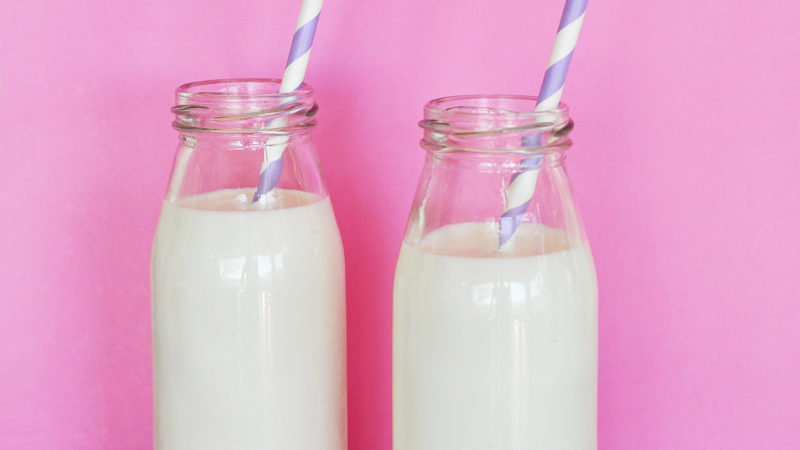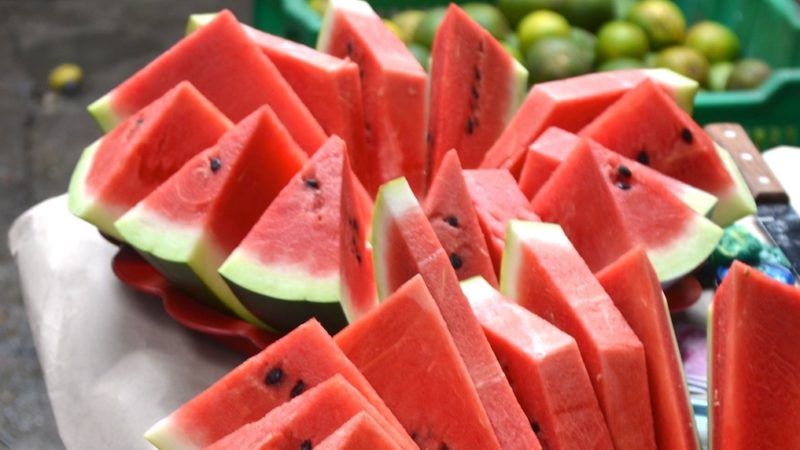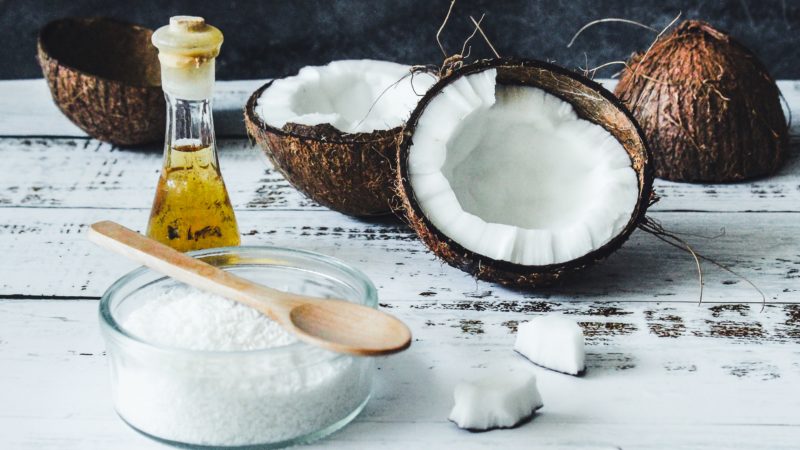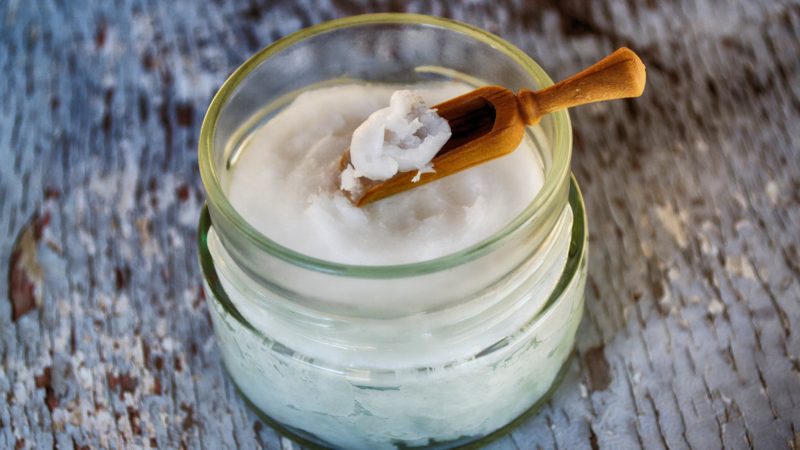Iron-Rich Foods You Should Include in Your Diet
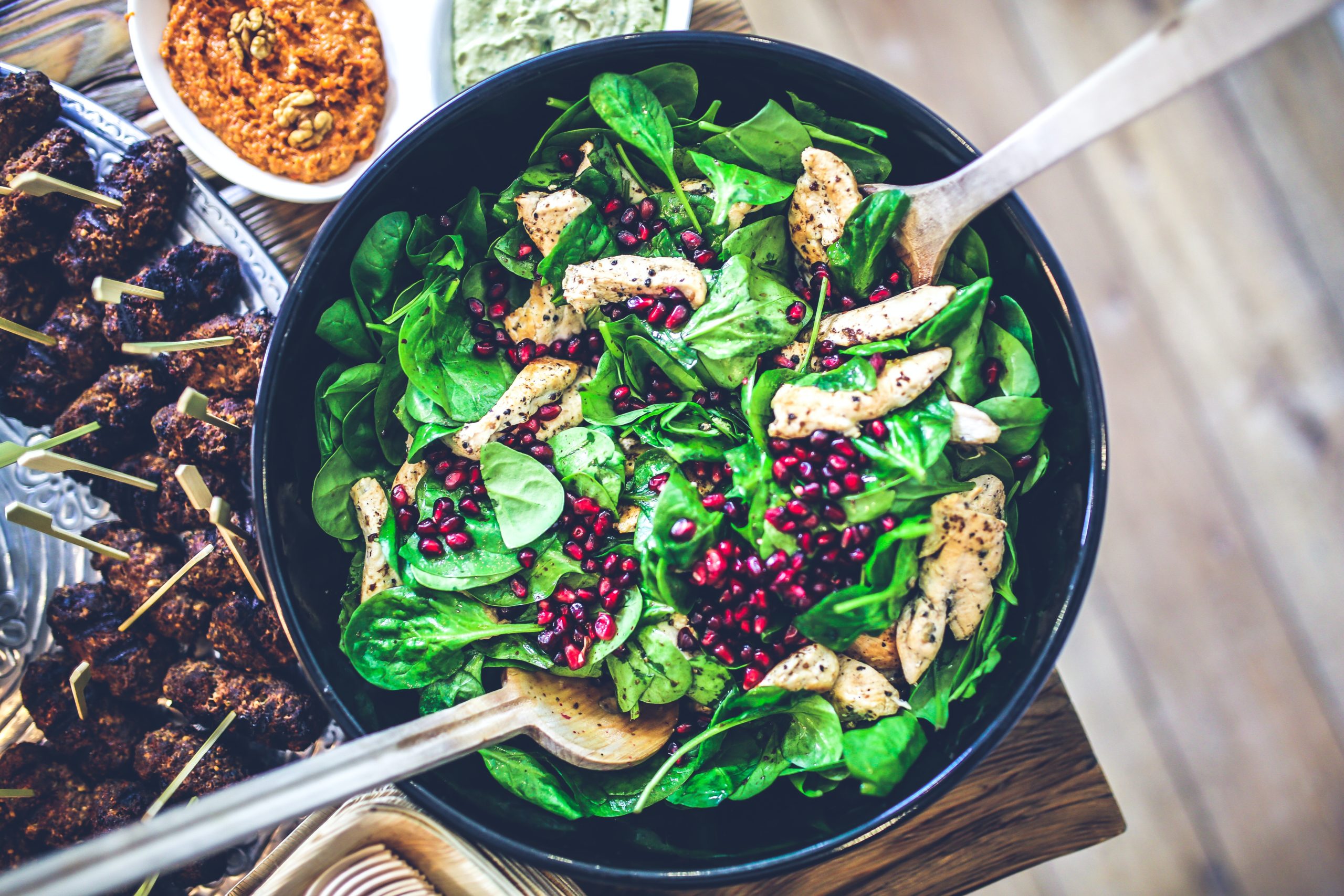
Iron is an important mineral responsible for various important functions in our body. One of the main functions of iron is to carry oxygen throughout our body as an essential part of red blood cells. It is an essential nutrient, which means we must get it from food. Here is an article with a list of iron-rich foods that you should include in your diet.
Iron deficiency can occur if you do not intake iron enough to replace the loss of iron every day. Iron deficiency in the body can cause anemia and result in symptoms like fatigue. Fortunately, there are various foods that you can consume to overcome iron deficiency. But before exploring the iron-rich foods, let’s have a look at the signs and symptoms of iron deficiency.
Signs and Symptoms of Iron Deficiency
A diet lacking in iron can cause various signs and symptoms. Below mentioned are some common symptoms of iron deficiency.
- unusual tiredness
- shortness of breath
- paleness
- heart palpitations
- headache and dizziness
- restless legs
- swelling of the mouth and tongue
- damaged and dry hair and skin
- brittle fingernails
Other signs include
- cold hands and feet
- feeling anxious
- strange cravings
- frequent infections and illness
Top Iron-Rich Foods
What foods are rich in iron? Iron is an essential mineral for the proper functioning of our body. Iron deficiency can cause issues like anemia and hinder the proper functioning of our body. Luckily, there are some iron-rich foods that you can consume to manage appropriate levels of iron in your body. Here are foods high in iron.
Shellfish
Shellfish are not only tasty but also nutritious. It is a popular part of the south beach diet. Though all shellfish are rich in iron, mussels, oysters, and clams are a rich source. A 3.5-ounce serving calm is packed with around 3mg iron (Source). Nevertheless, the iron content present in the clam is profoundly variable.
Iron present in shellfish is heme, and our body absorbs it more easily as compared to the non-heme iron present in plants.
Apart from this, all shellfish are high in nutrients, and they are beneficial to enhance the level of HDL cholesterol in our blood, which is good for the heart.
Organ Meats
Organ meats are highly nutritious. Popular organ meat includes the brain, liver, heart, and kidney and all of them are high in iron. A 3.5 ounce of beef liver is loaded with 6.5mg iron. (Source).
In addition to this, organ meats are loaded with protein and high in B vitamins, selenium, and copper. Apart from this, organ meats are rich sources of choline, which is an essential nutrient for liver and brain health.
Spinach
Spinach is not only rich in iron but is also one of the best immunity boosting foods. The best part about spinach is that it provides a wide range of health benefits and is low in calories. Around 3.5-ounce servings of raw spinach are packed with 2.7mg iron (Source).
Iron present in spinach is non-heme, and our body does not absorb it very well, but it is also a rich source of vitamin C. This vitamin is also essential as it remarkably boosts the absorption of iron in our body.
Spinach is also a rich source of antioxidants named carotenoids. This antioxidant is beneficial to decrease inflammation and the risk of cancer. It also protects eyes from various diseases.
Red Meat
Red meat is tasty as well as nutritious, which makes it one of the best satisfying foods. It is amazing food to fight fatigue. Meat is also a rich source of zinc, selenium, protein, and various vitamins.
A 3.5 ounce of ground beef is loaded with 2.7mg iron (Source). Red meat is probably the only easily accessible source of heme iron, which makes it an essential food for people with iron deficiency.
Legumes
Lentils, chickpeas, beans, soybeans, and peas are some common types of legumes. They are loaded with iron and are best for vegetarians. One cup serving of cooked lentils is loaded with 6.6mg iron (Source).
Beans such as navy beans, kidney beans, and navy beans can help you in boosting your iron intake. Legumes are also a rich source of magnesium, potassium, and folate.
In addition to this, legumes are also helpful in losing weight. They are rich in soluble fiber, which helps increase the feelings of fullness, which reduces the overall calorie intake.
Pumpkin Seeds
Pumpkin seeds are a highly tasty, nutritious, and portable snack. Around one-ounce pumpkin seeds are packed with 2.5mg iron (Source). Additionally, pumpkin seeds are a rich source of zinc, vitamin K, and manganese. It is also one of the best sources of magnesium.
Turkey
Turkey meat is delicious as well as a nutritious food. You can include turkey in the list of foods to consume after running. A 3.5 ounce serving of dark turkey contains 1.4mg iron (Source).
Dark turkey is also loaded with protein, vitamin B, and minerals like selenium and zinc. Consuming protein-rich foods like turkey can help in weight loss. Protein increases your metabolic rate and makes you feel full.
High protein intake can also help prevent muscle loss, which occurs during weight loss and aging.
Quinoa
It is a famous grain and is also known as a pseudocereal. One cup serving of cooked quinoa contains 2.8mg iron (Source)
Moreover, quinoa is gluten-free, which makes it the perfect choice for people with issues of gluten intolerance.
Quinoa is also a rich source of protein as compared to other grains. It is also rich in magnesium, copper, manganese, folate, and many other nutrients.
Additionally, quinoa is rich in antioxidants. It helps to protect our cells from damage caused due to free radicals.
Tofu
Tofu is a soy-based product and is popular among vegetarians. A half-cup of tofu contains 3.4mg iron (Source).
Tofu is also a rich source of thiamine and various minerals, including selenium, calcium, and magnesium.
Tofu is packed with a compound called isoflavones. It is associated with insulin sensitivity, relief from menopausal symptoms, and a decreased risk of heart disease.
Broccoli
Broccoli is highly nutritious. It belongs to the family of cruciferous vegetables, which includes vegetables like kale, cauliflower, cabbage, and brussels sprouts. One cup cooked broccoli provides 1mg iron (Source). It is also a rich source of vitamin C, which helps our body in absorbing the iron in a better manner.
Additionally, broccoli is also loaded with folate, fiber, and vitamin K. Cruciferous vegetables are rich in sulforaphane, indole, and glucosinolates. These plant compounds provide protection against cancer.
Fish
Fish is highly nutritious, and some varieties such as tuna are high in iron. A 3-ounce of canned tuna is packed with 1.4mg iron (Source).
Fish is a rich source of omega-3 fatty acids, which are associated with a wide range of health benefits. Omega-3 fatty acids are beneficial to promote brain health and improve immune function. It also supports healthy development and growth.
Additionally, fish contains various essential nutrients like selenium, vitamin B12, and niacin. Some examples of iron-rich fish include haddock, sardines, and tuna.
Dark Chocolate
If you are looking for a healthy choice to boost your iron intake, then dark chocolate is a perfect choice. One ounce serving of dark chocolate provides 3.4mg iron (Source).
Additionally, dark chocolate is rich in prebiotic fiber. It is good to nourish the good bacteria on our gut.
Nevertheless, all the dark chocolates are not created equal. Flavonols present in dark chocolate are responsible for their health benefits. Dark chocolate contains more flavanols as compared to milk chocolate. So, it is better to consume dark chocolate containing around 70% cocoa to attain maximum benefits.
Iron-Rich Foods for Vegetarians
Iron is found in two forms- heme and non-heme. Non-heme iron is found in plants, but heme-iron is present only in animal products.
The individual requirement of iron consumption varies on the basis of individual requirements based on life stage and gender.
For example, menstruating women need to consume 18mg iron per day. On the other hand, post-mensual women and men need to consume only 8mg iron per day. Moreover, pregnant women need to consume 27mg iron per day.
Heme iron is easily absorbed by our bodies as compared to non-heme iron. Therefore, vegetarians and vegans need to consume 1.8 times more iron as compared to non-vegetarians (Source). Here are some plant foods rich in iron.
Legumes
Legumes like lentils, peas, and beans are a great source of iron for people following vegan or vegetarian diets. Foods like tofu, temp, and soybeans are also packed with iron. SO if you do not consume meat, you should include legumes in your diet.
Nuts and Seeds
Nuts and seeds are the two best iron-rich plant sources. If you wish to increase the total iron intake, you should add different types of seeds in your diet. Seeds of pumpkin, hemp, sesame, and flaxseeds are some of the popular choices.
Nut rich in iron includes pine nuts, cashews, and you can also consume nut butter. Add a small portion of nuts and seeds to your diet every day.
Vegetables
Vegetables often contain higher amounts of iron as compared to foods that are related to high iron like eggs and meat.
Moreover, vegetables contain non-heme iron, and it is less easily absorbed by our body. They are also rich in vitamin C, which is, as told earlier, beneficial to enhance iron absorption.
Some of the vegetables loaded with iron include leafy greens, potatoes, tomato, palm hearts, and mushrooms.
Fruits
People opt for fruits when they want to increase their iron intake. Some fruits are an amazing source of iron. In this category, some best sources include prune juice, mulberries, and olive. These fruits are also rich in antioxidants and other essential nutrients beneficial for managing good health.
Whole Grains
Whole grains render a wide range of health benefits. Some of the benefits include reduced risk of heart disease, obesity, and diabetes.
Additionally, whole grains are loaded with iron. Amaranth, oats, spelt, and quinoa are some whole grains rich in iron.
Other Foods
Some foods contain a significant amount of iron as compared to others. Adding them to your diet can help you in enhancing your everyday iron intake.
You can add dark chocolate, coconut milk, dried thyme, and blackstrap molasses to your diet in order to overcome the issue of iron deficiency.
Iron-Rich Foods for Kids and Babies
Iron is an essential mineral for kids, and they need it for appropriate growth and development. Kids need iron for their brains to develop fully and adequately. If babies do not get enough iron, they might develop slowly and might be less active. Below mentioned are some iron-rich foods for kids and babies.
Non-Heme based foods
- Tofu
- Leafy dark green vegetables
- Dried fruits
- Dried beans and peas
- Iron-rich breakfast cereals like pasta, cereals, and bread
Heme based foods
- Fish
- Eggs
- Meat: lamb, pork. Beef, seka, and turkey
Iron-Rich Foods for Pregnancy
When it comes to pregnancy and diet, there is a long list of foods to ignore. You not only provide nutrients to yourself but also to the baby. Iron is one of the essential minerals that you need to intake during pregnancy.
It provides stamina to the mother and is important for blood cell formation and brain development in the baby. Moreover, it also helps in avoiding the issue of anemia, which is caused due to iron deficiency. Therefore, it is essential for pregnant women to incorporate iron-rich foods in their diet for a healthy pregnancy and baby. Below mentioned are some foods you can include in your diet.
Non-Heme based foods:
- Whole grains
- Fortified cereals
- Pulses and beans
- Dried seeds and nuts
- Fruits – dates, apples
- Green leafy vegetables
Heme based Foods
- Poultry – chicken drumsticks, chicken breasts
- Eggs
- Meat
- Seafood – bass, canned tuna, mackerel
Pregnant women should also add vitamin C to their diet for better absorption of iron. Some rich sources of vitamin C include fruit juices (e.g., amla, orange, lime), whole vegetables (e.g., tomato, capsicum), and vegetable juices (e.g., carrot, tomato).
Final Words
Iron is an essential mineral and should be consumed regularly to help our body function properly. However, it is important to limit iron intake to avoid side effects. Pregnant women should include iron-rich foods in their diet for a healthy pregnancy and baby. Moreover, sufficient iron should also be present in children’s food for their proper growth and development. If you find the above-mentioned information helpful, drop a comment.

